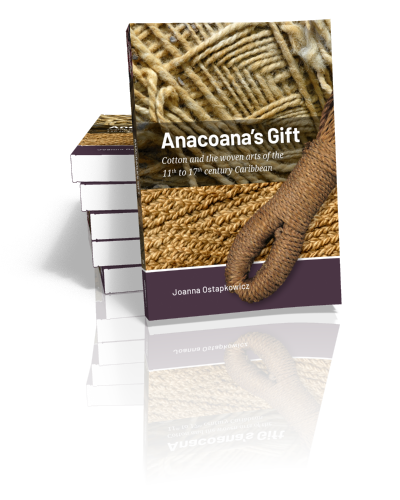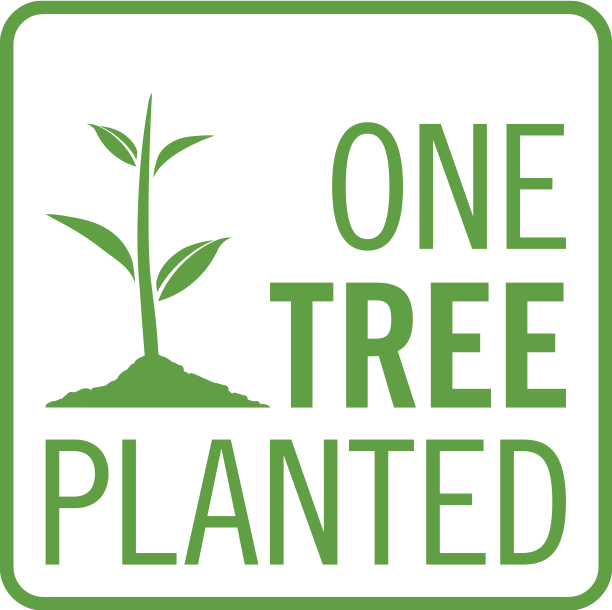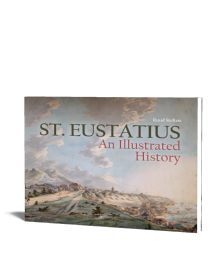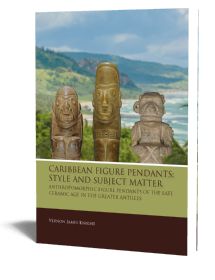Abstract:
In the spring of 1497, the Hispaniolan cacica (chieftess) Anacaona presented Columbus’ brother, Adelantado (Governor) Bartolomé Colón, with a lavish assortment of Indigenous wealth, including both woven textiles and balls of spun cotton, “so large that a man could hardly lift them.”
These had been stored among the cacical reserves, held in readiness for distribution in ways deemed useful to the chiefs and their communities – from spun cotton for artisanal commissions, to finished objects being offered in tribute or circulated to establish or augment political influence.
Anacaona’s gift, and other such exchanges referenced by the early cronistas (historians), hint at the importance of women in the production and distribution of cotton objects such as hammocks, naguas (women’s skirts) and valuables including belts, body ornaments and headdresses – quite literarily the ‘social fabrics’ that brought comfort, reflected status and bound people and their ancestors in fine weaves.
But these woven creations, made from perishable materials, have all but disappeared from the archaeological record, and so also from studies of the Caribbean past. Early Spanish accounts underscore the absence of ‘clothing’ (in the European sense) among the Indigenous Caribbean populations, blind to what constituted dress according to Indigenous standards. Quite simply, these aspects have combined to hinder consideration of the importance of cotton and basketry traditions in people’s day to day lives.
In efforts to understand this artistic heritage, this volume brings together the material culture now widely dispersed in international museum collections, from rare survivors of the woven arts to the tools used in textile production to recent finds at archaeological and waterlogged sites; it explores depictions of woven ornaments on sculpture and interrogates early cronista accounts for reference to Indigenous cotton goods. Anacaona’s Gift is the first book dedicated to the study of the Indigenous cotton artistry of the Caribbean during the 11th to 17th centuries, exploring both traditional manufacture and weaves as well as how these transitioned and morphed into new forms of production during the turbulent years post-1492.
Contents
Opening quote
Acknowledgments
1. “And the cotton was very well spun”: the woven artistry of the Caribbean
1.1 Cotton wealth: power, politics and possession – a brief overview
1.1.1 Archaeological evidence for the emergence of pre-Colonial Caribbean social inequality (Greater Antilles)
1.1.2 Ethnohistoric sources documenting caciques/cacicas in Greater Antilles
1.1.3 Cacicas
1.1.4 The role of artistry, exotics and material wealth in the maintenance of the Greater Antillean chiefdom
2. “Infinite cotton”: Cotton and fibre materials as resources
2.1 The process: cotton and fibre production
2.2. The weaving toolkit
2.2.1 Spindle whorls
2.2.2 Looms
3. Woven artefacts and the circulation of cotton wealth in the pre-Colonial period
3.1 The domestic sphere
3.1.1 Hammocks
3.1.2 Nets and fishing lines
3.1.3. Basketry
3.2 Regalia
3.2.1 Belts
3.2.2 Naguas
3.2.3 Head coverings/ornaments
3.2.4 Arm/leg bands
3.2.5 Tunics, capes, robes and maos
3.3 Cemís, ancestors and precious beings
3.3.1 Cotton reliquary
3.3.2 Cemí/belt
3.3.3 Other cotton ‘beings’
4. Through the Spanish lens: Colonial period Indigenous cotton work/production
4.1 Native dress; Native wealth
4.2 “Clothes maketh the man”: European clothing and status in the early Colonial Caribbean
4.3 A different weave: European-style clothes made by Indigenous hands
5. Conclusions
References

Dr.
Joanna Ostapkowicz
Joanna Ostapkowicz is Research Associate in Caribbean Archaeology at the School of Archaeology, University of Oxford. Her research focuses on bringing a wide span of analytical techniques to better understand the chronological range, materials and provenance of Caribbean artefacts in museum collections. She has been Principal Investigator on several international, multi-disciplinary research projects that focus on Caribbean sculpture and bridge the arts and sciences, including Pre-Hispanic Caribbean Sculptural arts in Wood (supported by the Getty Foundation and British Academy), Black Pitch, Carved Histories: Prehistoric wood sculpture from Trinidad’s Pitch Lake (the Arts and Humanities Research Council [AHRC], UK) and SIBA: Stone Interchanges in the Bahama Archipelago (AHRC).
read more











